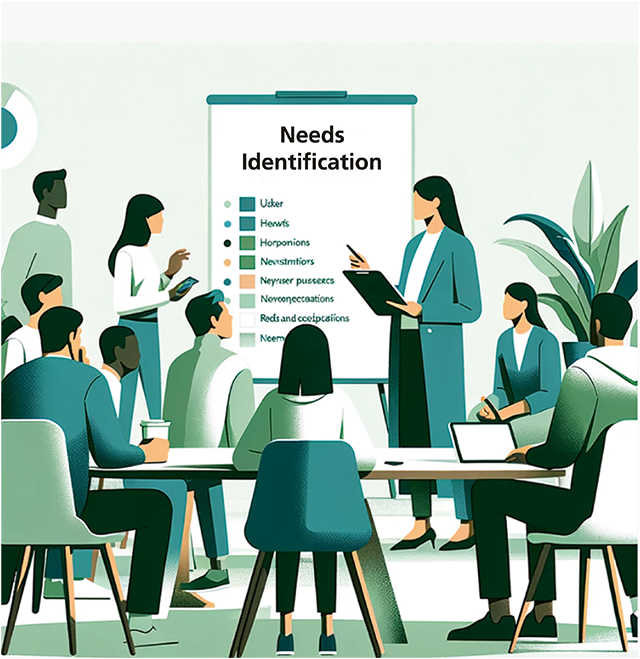Trend analysis and scenario design
Key question: What are the challenges of the future?

- Development of specific future scenarios based on megatrends
- Use of the scenario funnel model to analyze possible futures
Our aim in using scenario technology is to gain comprehensive insights into possible futures. This enables us to make current decisions in research and procurement more resistant to future uncertainties. Based on significant societal developments, the so-called megatrends, we work closely with our clients to develop specific future scenarios that take the respective mandate of our clients into account. These scenarios cover defined planning periods and use organization-specific key factors to depict various possible futures.
The classic scenario funnel serves as a model for scenario analysis and illustrates that uncertainties grow with increasing time and the number of possible future scenarios increases. Depending on the intended use, the requirements for the scenario can vary greatly, which is reflected in the effort required to create it.
By combining these scenarios with specific tasks, incident scenarios are created. These form the basis for determining future challenges and derive the need for skills and research.
 Fraunhofer Institute for Technological Trend Analysis INT
Fraunhofer Institute for Technological Trend Analysis INT



